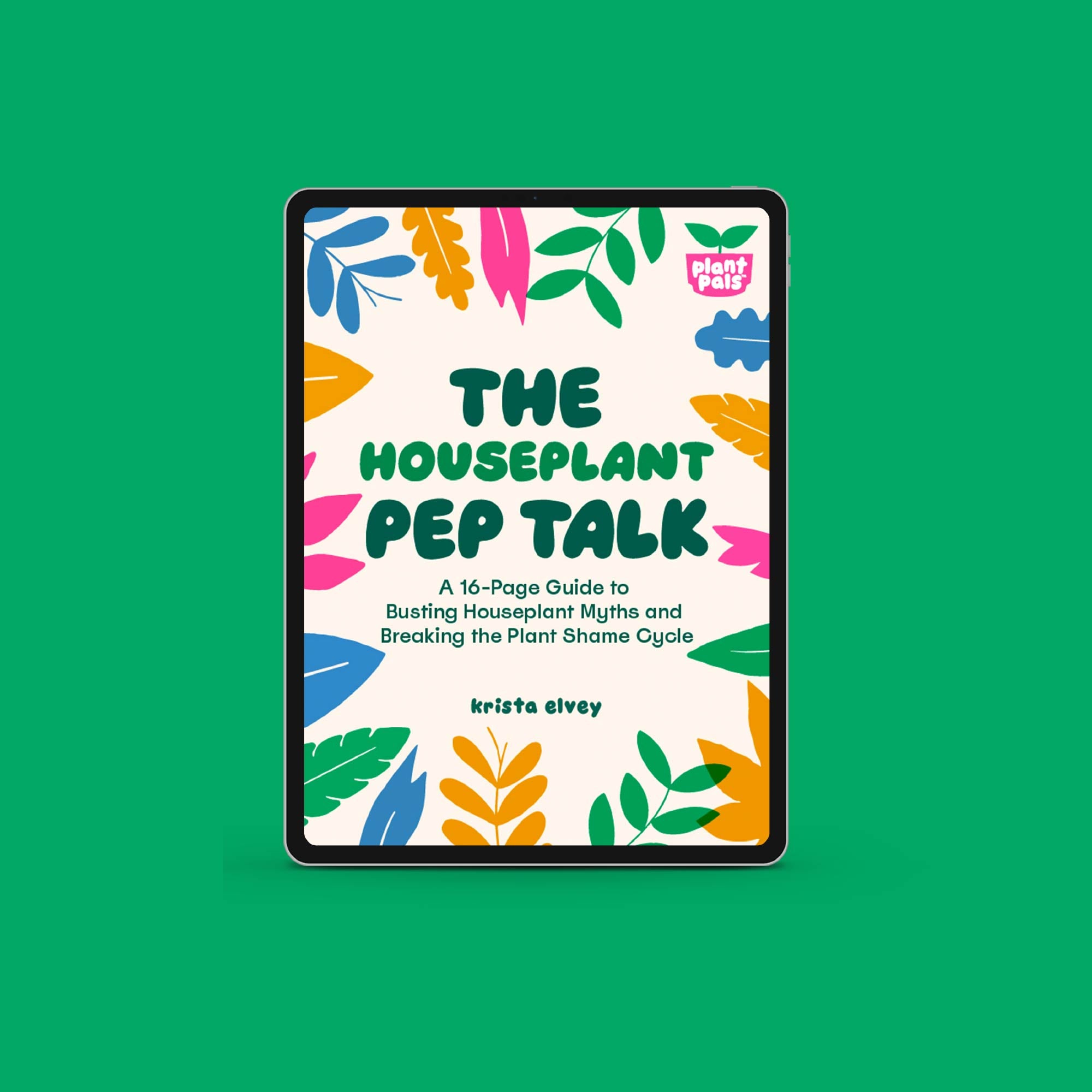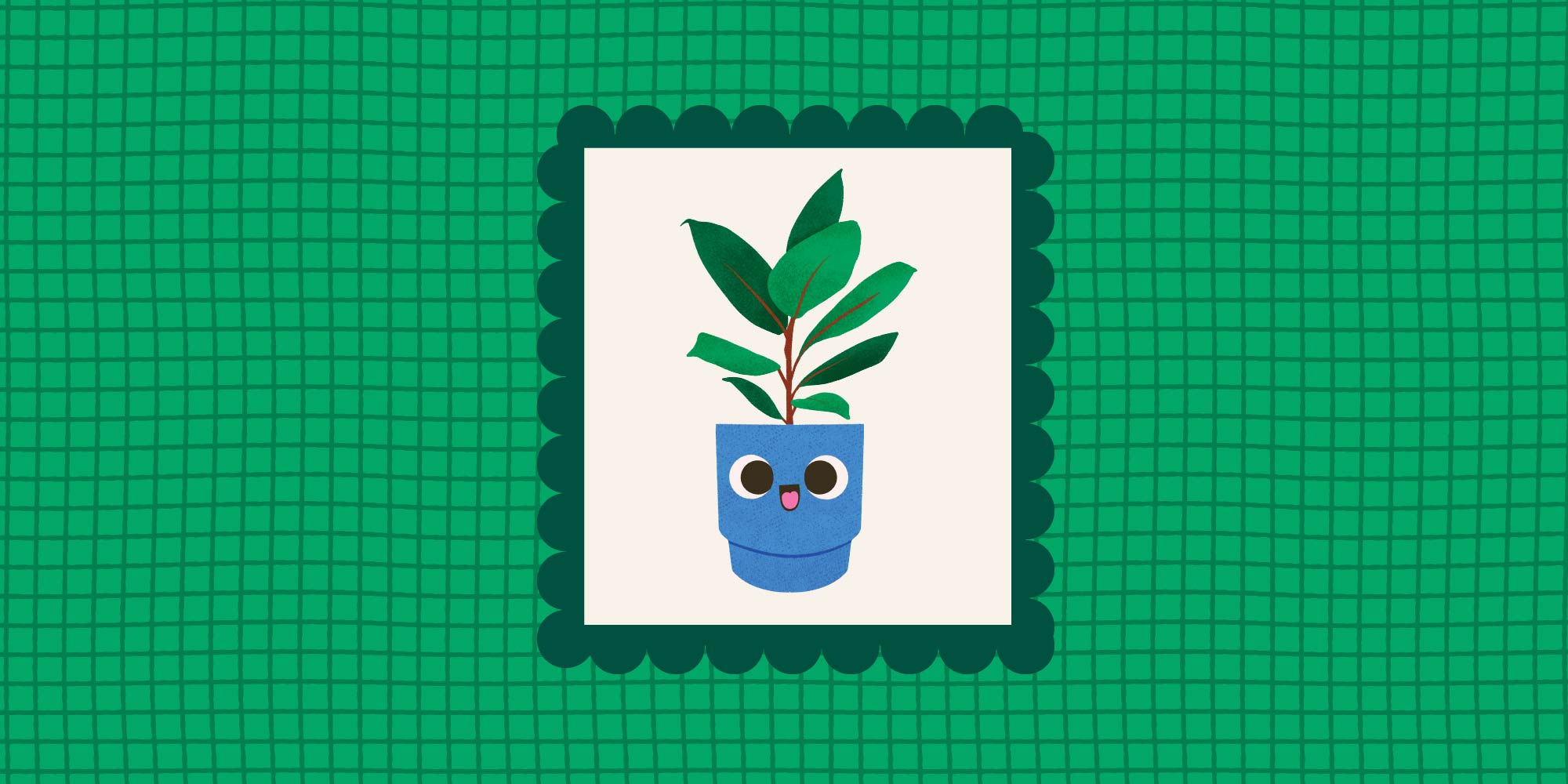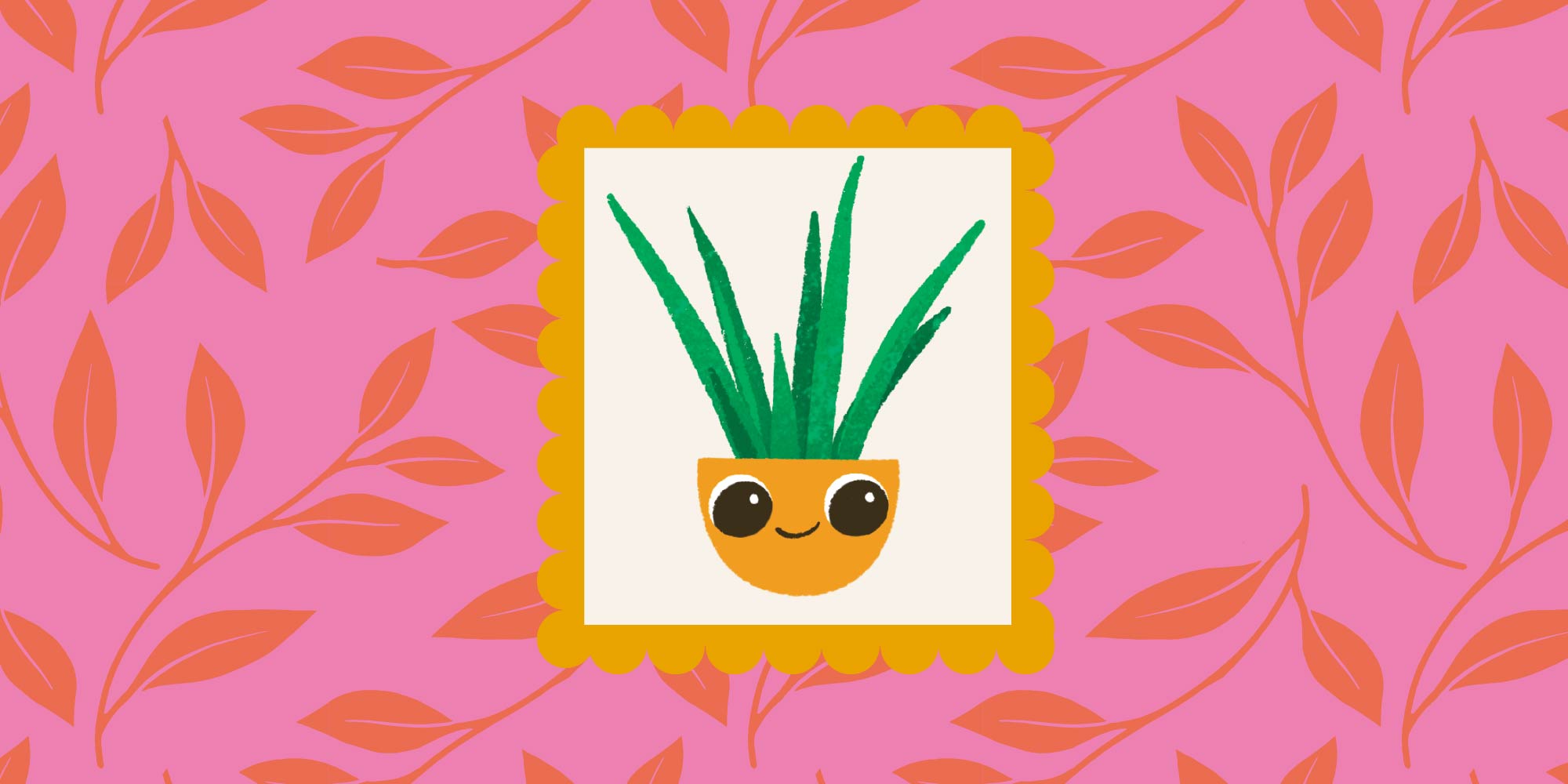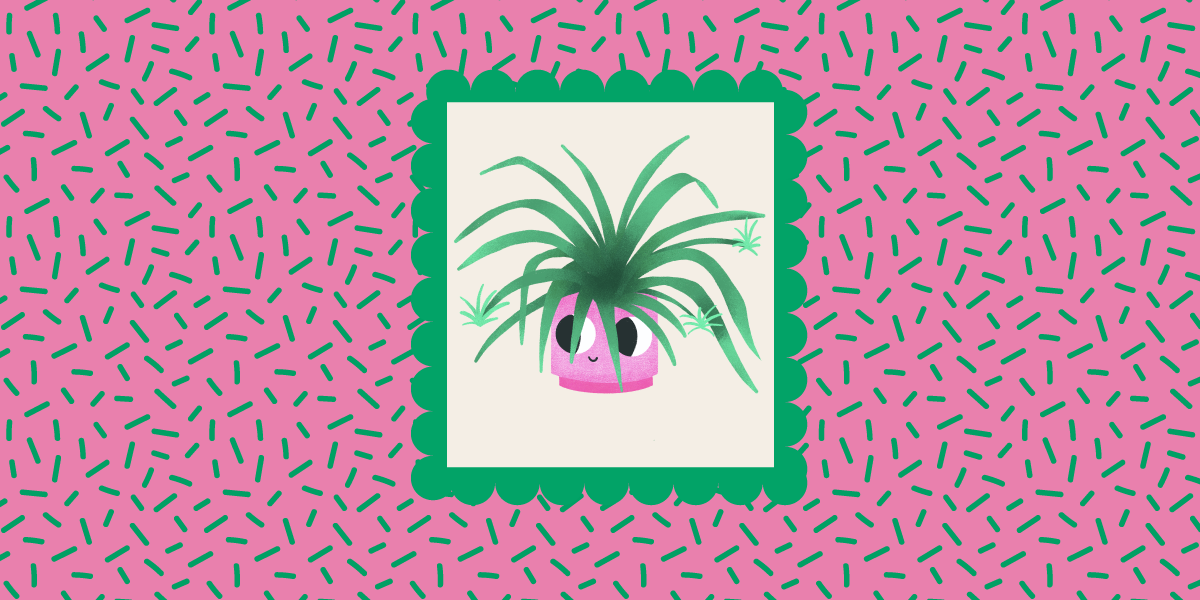What do Houseplants Need to Survive?
The alternate title for this blog post was going to be “WHY DO MY PLANTS KEEP DYING?” Because that’s the question, isn’t it? Houseplants are living, breathing (kinda) beings that do not speak our language but absolutely require our understanding. It can be a lot to take in.
And if you jump into a Google search frenzy, it can also be super confusing, considering that houseplants don’t technically even exist. No, this isn’t a conspiracy theory. Houseplants aren’t unique organisms made specifically for your windowsill. They’re living things that have been bred and domesticated to be able to thrive outside of their natural habitat, like house cats.
But we’re still calling them houseplants, and we’re keeping it short, sweet, and relatively scientifically-accurate. Here is the Plantastic 6-Pack; six things that every houseplant needs to survive, and (most importantly), why.
- Light
- Water
- Soil
- Fertilizer
- Temperature
- Humidity
Let’s break it down.
LIGHT
Plants need light for a process called photosynthesis, which is vital for their survival. Photosynthesis is the process by which plants convert light energy into chemical energy, specifically in the form of glucose (sugar).
Too much light can lead to the plant taking in more energy than it can convert into glucose. That spare energy needs to go somewhere, and it can lead to your houseplant literally burning itself out. If you’ve ever seen a plant with yellowed leaves, this could be the reason.
On the other end of the light spectrum, insufficient light can lead to weak, spindly stems, pale leaves, and overall stunted growth.
Each plant prefers a light level similar to what it would find in its natural habitat. A cactus is used to a lot of direct light (like you would find in a desert), while a rubber tree does best with indirect light (like you would see on the floor of a rainforest).
TL;DR — Plants turn light into chemical energy to keep themselves alive. The amount of light they need each day is based on their natural habitat.
WATER
Plants also need water for photosynthesis; it’s the other part of the recipe. But once they have absorbed it, plants use water for everything from nutrient absorption to temperature regulation. If a plant has enough water, it can do almost everything it needs to survive and protect itself.
That’s why a lack of water can be so devastating. Water helps plants maintain turgor pressure, which is how the rigid walls of plant cells remain sturdy. Without enough water, they start to deflate like the world’s saddest bouncy castle. This can lead to the wilted look we’ve all come to know and fear.
But too much water can create just as many problems; over-watering is the leading cause of plant death, after all. A waterlogged plant will find itself unable to efficiently process nutrients in the soggy soil around its roots, and eventually it will struggle to process oxygen altogether. That’s right; your plant can drown in its pot, which can also lead to a wilted appearance in its leaves.
TL;DR — Water to a plant is like blood to a human; proper circulation is key, and things get really bad really fast if you have too much or not enough.
SOIL + FERTILIZER
Like a stressed out Millennial, houseplants are just looking for stability in their lives. That’s where soil comes in. The proper kind of soil structure allows for a plant’s roots to gain proper anchorage; they can take hold and keep the plant upright and in the best position to absorb light through its leaves and process water through its stems and stalks.
If the soil is the right fit for the right plant, it’ll allow both water and oxygen to enter and flow through the medium without getting blocked or trapped. Since water and oxygen are 2/3rds of the photosynthesis pie, they must be protected at all costs.
Soil also plays host to essential nutrients that plants need for their growth and development. Everything from macronutrients like nitrogen, phosphorus, and potassium, to micronutrients like iron, zinc, and manganese can be found in nutrient-rich soil. It can also play host to microorganisms that help break down organic matter and turn it into even more root-enriching nutrients.
A lack of nutrients looks the same for both humans and plants: Imbalances or deficiencies in soil nutrients can lead to stunted growth, yellowing leaves, and overall poor plant health. And just like we have chewable gummy vitamin supplements, plants can be given a boost with fertilizers and tons of other nutrient-heavy boosts.
TL;DR — Soil helps plants remain stable, both in terms of their physical structure and their nutritional health. If something goes wrong with the soil, a plant can drown, suffocate, or wither away from a lack of nutrients. Respect the dirt!
TEMPERATURE + HUMIDITY
Just like light, a houseplant requires the temperature and humidity levels it would be exposed to in its natural habitat. Those environmental factors influence their physiological processes, growth, and overall well-being. So the closer you can get to replicating their ideal temperature and moisture levels, the more they’ll thrive.
The temperature is the closest thing plants have to an internal calendar, and a huge amount of their biological processes only happen within specific temperature ranges. Everything from metabolism to growth rate will be most efficient at their preferred range. The same is true for their dormancy and flowering periods; if your plant feels like it’s cold enough to be winter, it will physically act like it does in the winter.
Humidity has a huge impact on how your plant processes water. Higher humidity levels mean less water loss; while dry air forces your plant to process more water to compensate. The same goes for leaf health and overall illness; dry air can lead to curled leaves and spider mites, while high humidity can result in mildewy leaves and fungus gnats. It’s all about balance, and there’s no one-size-fits-all solution for every plant.
TL;DR — Plants have an ideal range for temperature and humidity that they thrive in, based on their natural environment. If they’re out of sync with their preferred temperature, plants will burn too much energy and stunt their growth. If they’re in the wrong humidity range, they’ll overcompensate to give themselves the right level of moisturization.
Okay, is that everything?
That’s everything! But obviously, I left out a lot. (Like…a lot a lot.) But I’m not here to overwhelm you or complicate the issue. Everything I’ve shared here is true, accurate, and (hopefully) helpful in your journey to caring for your Plant Pals in the best way possible.
But if you’re ready to go full Plant Nerd with me, I’ve got just the thing for you.



